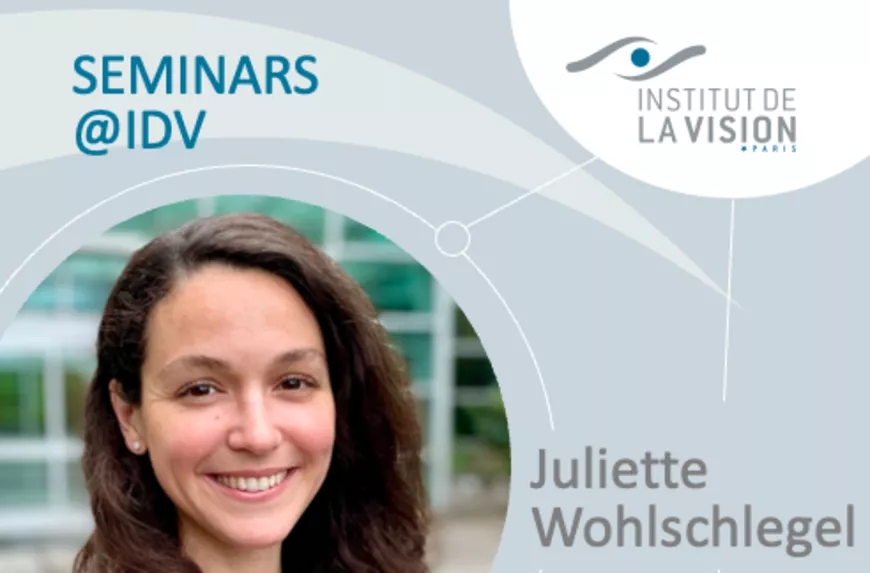Stimulation of neurogenesis from human Muller glia using developmental transcription factors
Invited by Olivier Goureau, Juliette Wohlschegel , PhD (Department of Neurobiology & Biophysics University of Washington School of Medicine, Seattle, USA), will speak on Monday January 27th at 11.30 AM. Meet in Salle Lusseyran.

Abstract
Dr. Reh’s team has been a leader in the field of retinal regenerative medicine, recognized both for their work with stem cell-derived retinal cell transplantation and for their discovery that Müller glia possess the capacity to reprogram into neurogenic progenitors in mice. Reh’s lab is renowned in the field of retinal regenerative medicine, particularly for their groundbreaking research on stem cell-derived retinal cell transplantation and the discovery that Müller glia can reprogram into neurogenic progenitors in mice. Her research focuses on retinal cell development, and how to apply this knowledge to stimulate the regeneration capacity of the human retina, using different in vitro models including retinal organoids and fetal retinal tissue culture.
About Juliette Wohlschlegel
Juliette Wohlschlegel, PhD, received her MS and PhD in Neuroscience from the Sorbonne University in France. During her graduate work at the Vision Institute in Paris, under the supervision of Dr. Audo, she investigated the role of ITM2B, a protein associated with retinal and brain degeneration. Her studies focused on its role in the retina. In order to better characterize retinal pathology, she acquired expertise in diverse fields, including retinal diseases, genetics, stem cells, and retinal organoids. This led her to appreciate the work in regenerative medicine as applied to retinal diseases. Dr. Wohlschegel then joined Dr. Thomas Reh’s lab at the University of Washington in Seattle where she is currently a postdoctoral fellow. Dr. Wohlschlegel’s research focuses on retinal cell development, and how to apply this knowledge to stimulate the regeneration capacity of the human retina. Continuing her previous work, she uses different in vitro models including retinal organoids and fetal retinal tissue culture. She aspires to work in a collaborative environment where fundamental research can lead to therapeutic advances with the goal of restoring damaged retinas.
